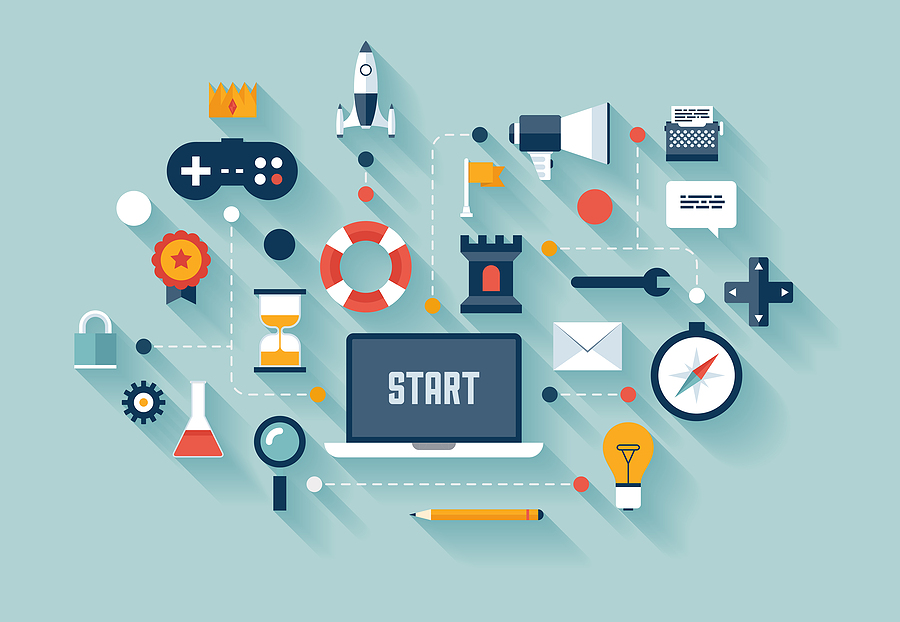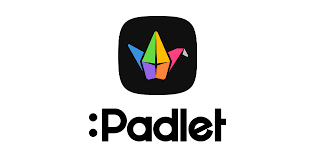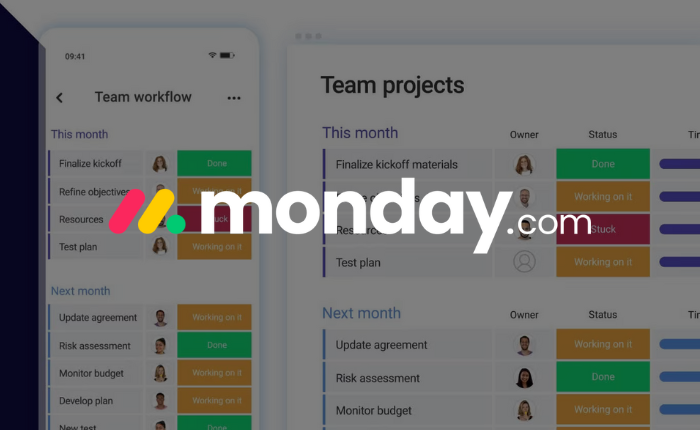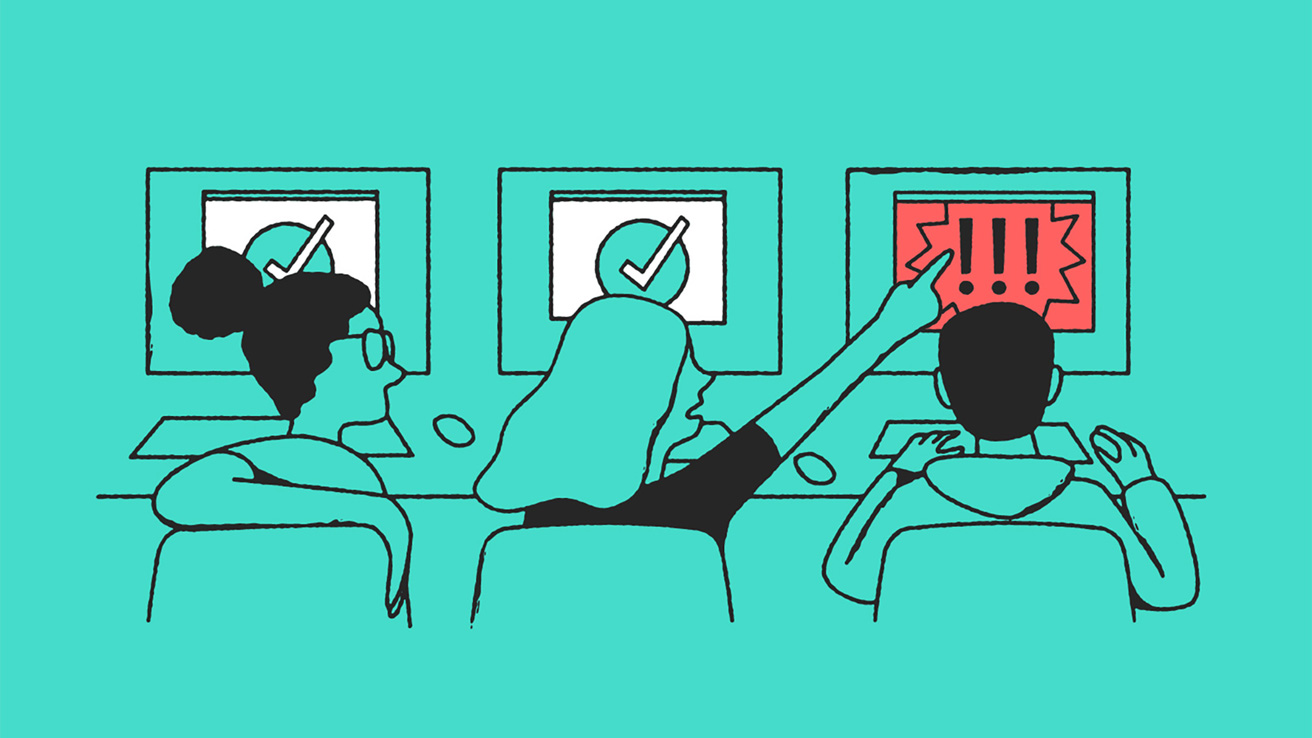Introduction:
In the dynamic landscape of youth work, the integration of innovative and engaging strategies is crucial to capture the attention and interest of young learners. One such approach gaining momentum is the incorporation of gamification into educational activities. Gamification, the infusion of game-like elements into learning environments, offers a unique and effective way to enhance the educational experience for young individuals. This article delves into the multifaceted benefits of gamification in youth work, exploring how it fosters motivation, collaboration, skill development, and a sense of empowerment.
Motivation and Engagement:
At the heart of gamification lies an intrinsic motivator – the desire to overcome challenges and achieve goals. Youth workers can leverage this inherent motivation to cultivate a more engaging learning experience. By transforming educational content into a game-like format, young participants are more likely to approach tasks with enthusiasm and commitment. The element of fun inherent in games has the potential to turn mundane activities into exciting challenges, promoting sustained interest and participation.
Fostering Collaboration and Social Interaction:
Games often feature collaborative elements, encouraging players to work together towards a common goal. In the context of youth work, this translates into a valuable opportunity to foster teamwork and social interaction. Through gamification, youth workers can create environments that promote peer-to-peer learning, where participants share insights, discuss solutions, and collectively navigate challenges. This collaborative spirit not only enhances the learning experience but also cultivates a sense of community among young individuals.
Skill Development in a Playful Context:
One of the remarkable aspects of games is their ability to develop a wide array of skills in players. Youth workers can harness this potential by integrating game mechanics that require problem-solving, critical thinking, and decision-making into educational activities. The playful context of gamification provides a safe space for young learners to develop and apply these skills, bridging the gap between theoretical knowledge and real-world application.
Personalization and Tailored Learning Paths:
Every young individual is unique, with distinct learning styles and preferences. Gamification allows youth workers to create personalised learning paths, catering to the individual needs and interests of participants. This customisation not only enhances engagement but also ensures that educational content is relevant and meaningful to each learner. By tailoring the learning experience, youth workers can address diverse needs, fostering a more inclusive and effective educational environment.
Real-world Application and Meaningful Learning:
Games often simulate real-world scenarios, offering a practical application of theoretical knowledge. In the realm of youth work, this means that gamification can serve as a bridge between academic concepts and their real-world relevance. Through immersive and practical experiences, young individuals can gain a deeper understanding of the subjects they encounter, fostering a sense of purpose and meaning in their learning journey.
Incorporating gamification into youth work is a dynamic and forward-thinking strategy that holds immense potential for transformative learning experiences. By tapping into the natural inclination towards play and challenge inherent in games, youth workers can create environments that not only educate but also inspire and empower young individuals. The fusion of educational content with gamified elements paves the way for a future where learning is not only effective but also enjoyable and enriching for the youth of today and tomorrow.






